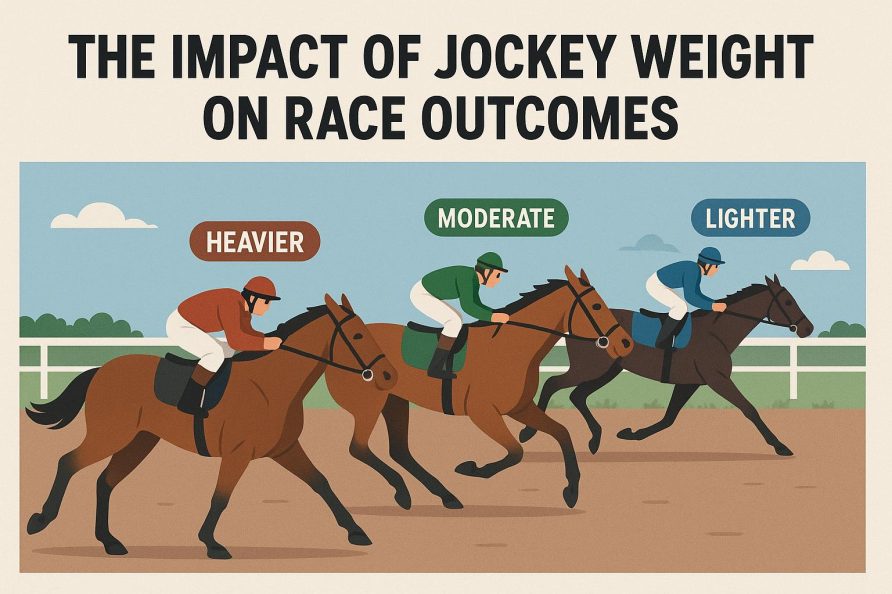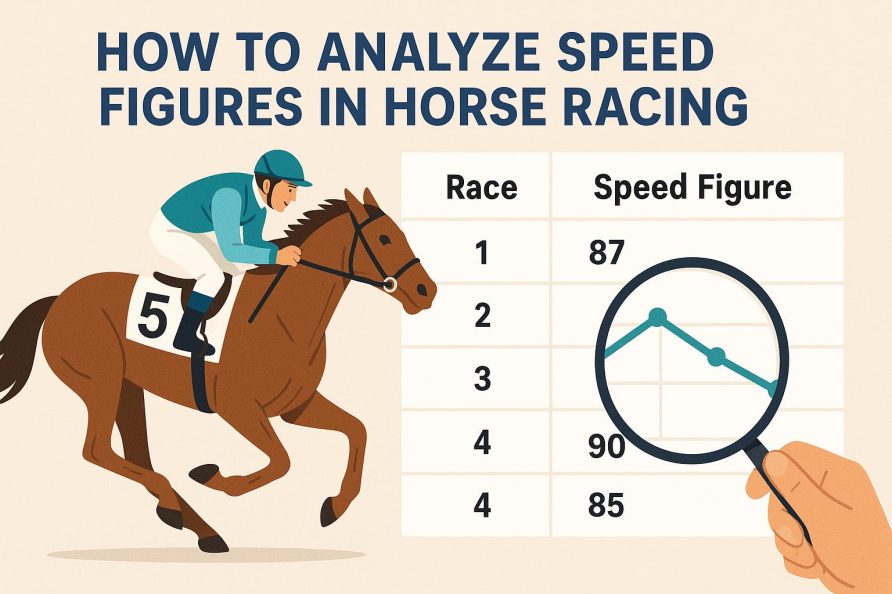Understanding Past Performance Data in Horse Racing
Past performance data serves as an essential component in the sport of horse racing, offering a detailed chronicle of a horse’s racing history. Evaluators rely on this data to gauge a horse’s capability and forecast its future performances. Within the following sections, we will explore the fundamental elements that constitute past performance data and offer insights on how these components can be interpreted effectively.
The Racing Form Basics
A racing form functions as the primary repository for past performance data, which generally encapsulates thorough details regarding each horse’s previous race outings. This information encompasses key aspects such as the date of the race, the track name, the distance of the race, and the track condition (for example, fast, good, or muddy).
These aspects furnish a foundational understanding of how certain race conditions might influence a horse’s performance. Certain horses, for instance, may exhibit better performance on dry tracks, whereas others may excel on a wet surface. This form empowers bettors to recognize such patterns effectively.
Interpreting Placings and Times
The results section of the racing form plays a pivotal role by presenting crucial insights, including the horse’s position at various points throughout the race, specifically at the start, middle, and finish. By interpreting these placings, one can assess a horse’s consistency and finishing potential. Furthermore, the final time of the race serves as an essential metric, facilitating the evaluation of a horse’s speed relative to its competitors.
Speed and Pace Figures
Numerous racing forms incorporate speed figures, which are numerical indicators of a horse’s speed. These figures may be adjusted based on track conditions and other variables, offering a holistic view of performance. Typically, higher speed figures denote a faster horse.
Concurrently, pace figures assist in evaluating a horse’s performance across various race stages. An initial vigorous pace, succeeded by a drop-off, might suggest stamina concerns, whereas a steady pace could reflect endurance capabilities.
Class and Competition
Examining a horse’s past performance necessitates an understanding of the class of races in which it has participated. Race classes group horses according to their ability levels, ranging from novice to highly competitive stages. Horses performing well in high-class races might have an advantage when competing in lower-class events.
Moreover, the quality of competition a horse has faced in prior races is a critical determinant. By evaluating the caliber of horses that a contender has previously raced against, insights can be gleaned into its ability to confront strong rivals or exploit weaker fields.
Jockey and Trainer Influence
Acknowledging the influence of both jockeys and trainers is another crucial aspect. The performance records of the jockey who has historically ridden the horse, including their win percentage and experience, can meaningfully impact race outcomes. In parallel, the trainer’s overall success rate provides an indicator of a horse’s preparation quality.
Analyzing Track Variability
An important factor in the evaluation of past performance data is understanding how differing tracks might influence a horse’s performance. The track surface, weather conditions, and even the length of the race can all contribute to changes in performance outcomes. By closely analyzing how a horse has performed under varying track conditions, more accurate predictions can be devised in relation to future races.
Horse’s Physical Condition
Assessing a horse’s past performance also involves a consideration of its physical condition at the time of the race. Certain forms may offer insights related to notable changes in a horse’s health or fitness levels, which could significantly sway performance. Experienced bettors often weigh the horse’s physical condition heavily alongside other data points.
Practical Implementation for Bettors
Relying solely on past performance data to make betting decisions may not suffice. It requires active integration with more current factors, such as recent training sessions, rest periods, and any known injuries. Combining analytical insights from the past performance with present-day factors is essential for a well-rounded strategy in horse racing betting.
Furthermore, advanced technology has introduced sophisticated data modeling that can assist in more detailed race outcome predictions. Bettors often incorporate statistical software and algorithms designed to analyze past performance data rigorously, helping refine their predictions.
Leveraging Additional Resources
For those looking to expand their understanding of past performance data, a plethora of resources is available online. Specialized websites dedicated to horse racing analysis offer comprehensive tools and data insights to both novice and experienced bettors. Exploring such platforms provides enhanced understanding and can elevate the analytical approaches employed in betting strategies.
Conclusion
To accurately interpret past performance data in the context of horse racing, meticulous analysis of varying variables is crucial. By discerning the subtleties of each component—from track conditions to finishing times, speed figures, and competition classes—it is feasible to formulate informed predictions concerning forthcoming races. For betting enthusiasts, coupling past performance with various contemporaneous factors like current form and track conditions is vital to achieving well-informed and balanced assessments.
[A comprehensive exploration of horse racing analysis and data interpretation awaits those keen on delving deeper into the intricacies of the sport. Specialist platforms offer invaluable resources and tools for those aiming to broaden their understanding of past performance data.]





